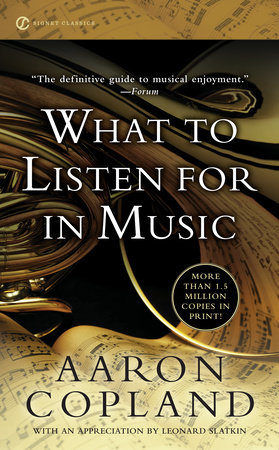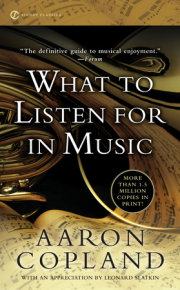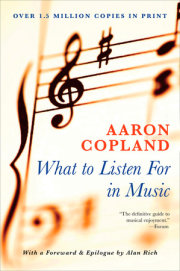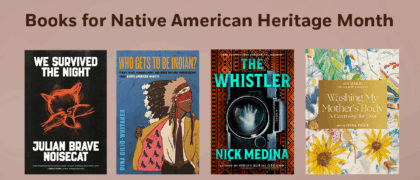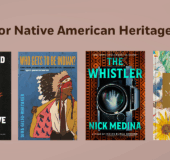What to Listen for in MusicAaron Copland: America's Musical Voice
Foreword
Introduction
Author's Note for the 1957 Edition
Preface
Acknowledgments
1. Preliminaries
2. How We Listen
3. The Creative Process in Music
4. The Four Elements of Music—I. Rhythm
5. The Four Elements of Music—II. Melody
6. The Four Elements of Music—III. Harmony
7. The Four Elements of Music—IV. Tone Color
8. Musical Texture
9. Musical Structure
10. Fundamental Forms—I. Sectional Form
11. Fundamental Forms—II. Variation Form
12. Fundamental Forms—III. Fugal Form
13. Fundamental Forms—IV. Sonata Form
14. Fundamental Forms—V. Free Forms
15. Opera and Music Drama
16. Contemporary Music
17. Film Music
18. From Composer to Interpreter to Listener
Epilogue: "Since Then"
Appendix I
Appendix II
Appendix III
Suggested Bibliography for Further Reading
Index

